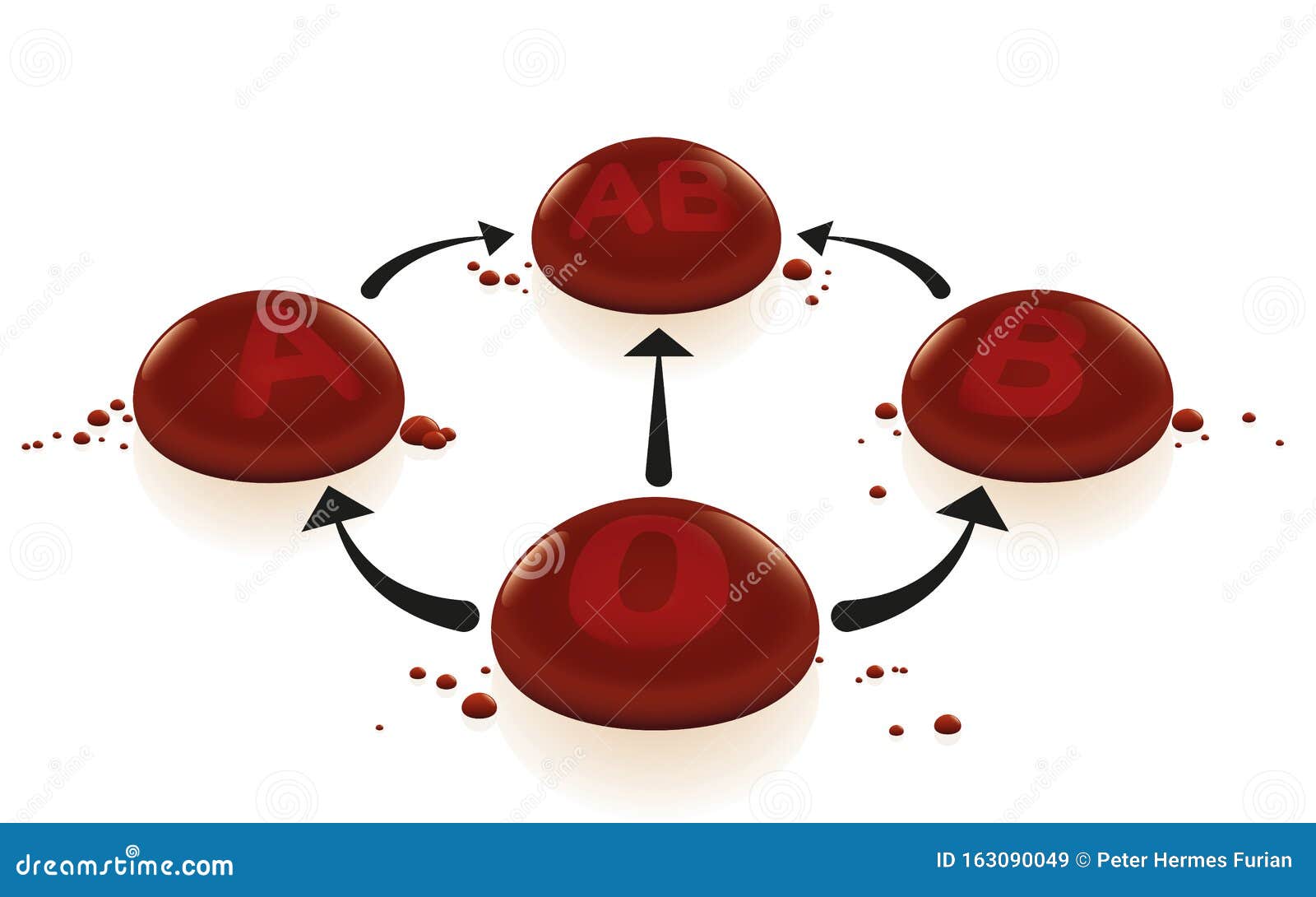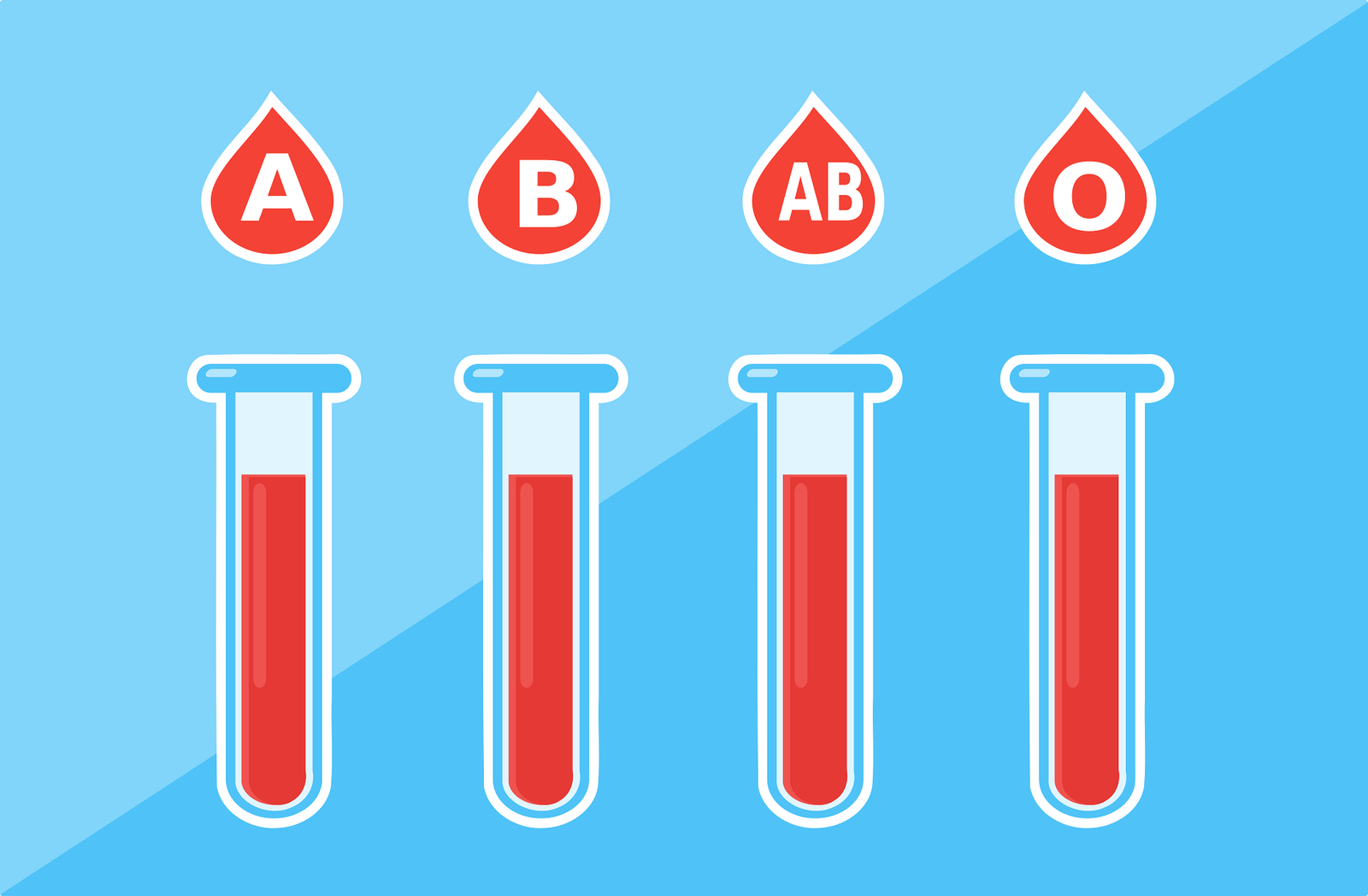

About 5% of people (5 in 100) in the U.S. Your plasma does not have antibodies against type A or type B blood.

have type O blood, with 9% having O-negative (O-) blood and 39% having O-positive (O+) blood.

About 48% of people (48 in 100) in the U.S. Your plasma has antibodies that attack both type A and type B blood. have type B blood, with 2% having B-negative (B-) blood and 9% having B-positive (B+) blood. About 11% of people (11 in 100) in the U.S. Your plasma has antibodies that attack type A blood. About 36% of people (36 in 100) in the United States have type A blood, with 6% having A-negative (A-) blood and 30% having A-positive (A+) blood. The liquid portion of your blood (plasma) has antibodies that attack type B blood. If your red blood cells have: The A antigen. The ABO test shows that people have one of four blood types: A, B, AB, or O. So the two most common blood type tests are the ABO and Rh tests. The most important antigens are blood group antigens (ABO) and the Rh antigen, which is either present (positive, +) or absent (negative, -). Blood type tests may also be done to see if two people are likely to be blood relatives. Human blood is typed by certain markers (called antigens) on the surface of red blood cells. Blood type tests are done before a person gets a blood transfusion and to check a pregnant woman's blood type.


 0 kommentar(er)
0 kommentar(er)
